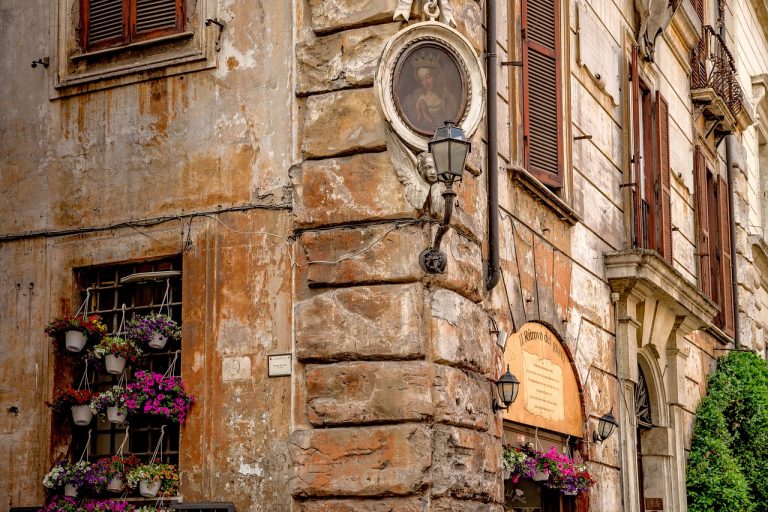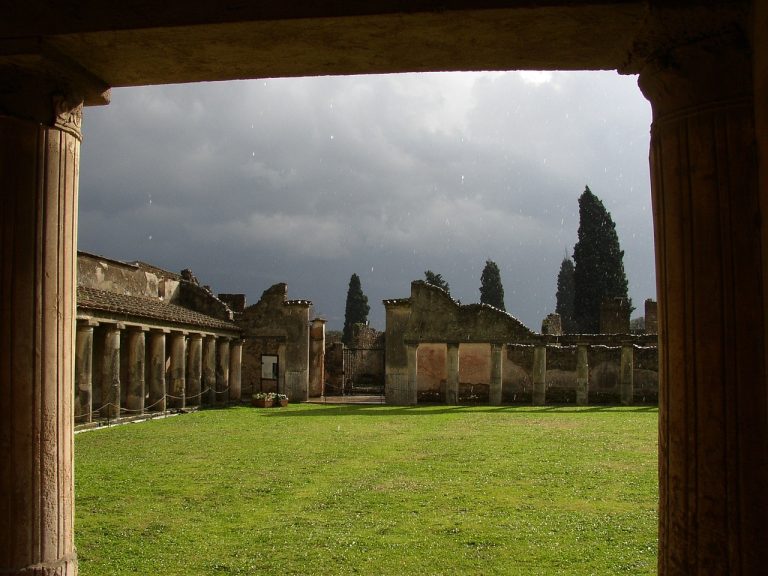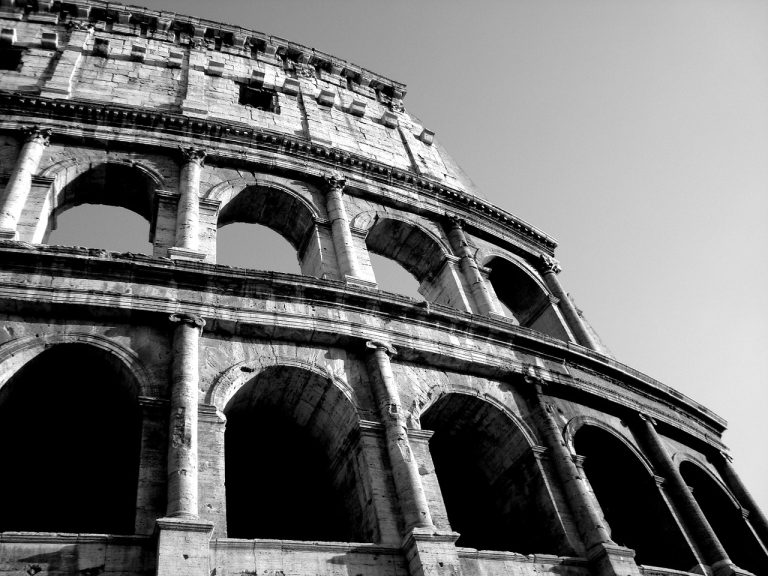Rome Italy Video
Historical Treasures of Rome Italy: Reliving the Past
Rome, the capital city of Italy, is a treasure trove of historical wonders. With a history spanning over 2,500 years, Rome is home to numerous ancient landmarks, archaeological sites, and cultural treasures that offer a glimpse into the grandeur of the Roman Empire. From iconic structures like the Colosseum to the magnificent Vatican City, Rome’s historical treasures are a testament to its rich heritage. In this article, we will explore ten sections that highlight some of the most remarkable historical treasures in Rome.
The Colosseum: A Spectacle of Ancient Rome
- Gladiatorial Combat: The Colosseum was the largest amphitheater ever built, and it hosted thrilling gladiatorial combat events that captivated the ancient Romans.
- Engineering Marvel: Constructed between 70-80 AD, the Colosseum showcases the remarkable engineering skills of the Romans, with its intricate arches and seating arrangement.
- Iconic Symbol: Today, the Colosseum stands as an iconic symbol of Rome and is a UNESCO World Heritage site, attracting millions of visitors each year.

The Roman Forum: Political and Cultural Center
- Political Hub: The Roman Forum was the heart of ancient Rome, serving as a center for political, commercial, and social activities.
- Architectural Marvels: Within the Roman Forum, visitors can explore various ruins, including the Temple of Saturn, the Arch of Titus, and the Basilica of Maxentius.
- Historical Significance: The Roman Forum offers a glimpse into the daily life of ancient Romans and the evolution of Roman architecture and politics.
The Vatican City: Spiritual and Artistic Haven
- Spiritual Center: The Vatican City, an independent city-state within Rome, is the spiritual and administrative headquarters of the Roman Catholic Church.
- St. Peter’s Basilica: The largest church in the world, St. Peter’s Basilica, is located within the Vatican City and is renowned for its stunning Renaissance architecture.
- Sistine Chapel: The Sistine Chapel, famous for Michelangelo’s ceiling frescoes, is a masterpiece of Renaissance art and a must-visit destination for art enthusiasts.

The Pantheon: Ancient Roman Engineering Marvel
- Dome Architecture: The Pantheon boasts a remarkable dome structure, which was the largest unreinforced concrete dome in the world for centuries.
- Perfect Proportions: The Pantheon’s architectural design showcases the Romans’ mastery of proportions, with its circular shape and oculus at the center of the dome.
- Historical Significance: Originally a temple dedicated to all the gods of ancient Rome, the Pantheon now serves as a church and is a testament to the enduring legacy of Roman architecture.
Trevi Fountain: A Baroque Masterpiece
- Grandeur and Beauty: The Trevi Fountain is a magnificent Baroque sculpture that depicts Neptune, the god of the sea, surrounded by mythical creatures.
- Throwing Coins: According to tradition, throwing a coin into the Trevi Fountain ensures a return to Rome, making it a popular spot for tourists to make a wish.
- Movie Fame: The fountain gained worldwide fame through movies like “La Dolce Vita,” further cementing its status as a must-visit attraction in Rome.

The Spanish Steps: A Stairway to Beauty
- Architectural Splendor: The Spanish Steps is a monumental stairway that connects the Piazza di Spagna with the Trinità dei Monti church.
- Scenic Views: Climbing the steps offers panoramic views of Rome, making it a favorite spot for locals and tourists to relax and enjoy the cityscape.
- Fashionable Hub: The area around the Spanish Steps is renowned for its luxury boutiques, attracting fashion enthusiasts from around the world.
The Catacombs of Rome: Underground Burial Sites
- Christian Burial Grounds: The Catacombs of Rome are a network of underground burial sites that served as the final resting place for early Christians.
- Historical Significance: Exploring the catacombs provides valuable insights into early Christian burial practices and the challenges faced by the early Christian community.
- Intricate Tunnels: The catacombs feature a complex network of tunnels, adorned with frescoes and inscriptions, creating a unique and solemn atmosphere.
The Roman Baths: Ancient Spa Culture
- Social Gathering Places: The Roman Baths were not just places for bathing but also served as social hubs where people gathered to relax, socialize, and discuss politics.
- Hygienic Practices: The Romans valued cleanliness and believed in the therapeutic benefits of bathing, leading to the development of elaborate bath complexes.
- Architectural Grandeur: The Roman Baths showcased impressive architectural features, such as heated floors, intricate mosaic designs, and sophisticated water supply systems.
The Appian Way: Ancient Roman Road
- Historic Road: The Appian Way, also known as the “Queen of Roads,” was one of the most important and strategically significant roads in ancient Rome.
- Monuments and Tombs: Along the Appian Way, visitors can explore ancient monuments, catacombs, and tombs, providing a glimpse into ancient Roman funeral customs.
- Scenic Walks: Walking along the Appian Way allows visitors to immerse themselves in the historical ambiance and enjoy the picturesque countryside views.
The Capitoline Museums: Art and History
- Artistic Treasures: The Capitoline Museums house an impressive collection of ancient Roman sculptures, paintings, and artifacts.
- Michelangelo’s Masterpiece: One of the highlights of the museum is Michelangelo’s iconic statue of Marcus Aurelius on horseback.
- Historical Significance: The Capitoline Museums are the oldest public museums in the world, showcasing the rich history and artistic achievements of ancient Rome.
Conclusion
Rome, Italy, is a city that truly allows visitors to relive the past. From the grandeur of the Colosseum to the spiritual haven of the Vatican City, each historical treasure in Rome presents a unique story and offers a glimpse into the rich tapestry of Roman history and culture. Whether you are an architecture enthusiast, a history buff, or an art lover, Rome’s historical treasures are sure to leave you in awe.
References
- rome.info
- vatican.va
- colosseumrometickets.com
- italia.it
- romanculture.com
- romeandvaticanpass.com
- rome.net
- archeoroma.beniculturali.it
- capitolini.org
- italyguides.it







